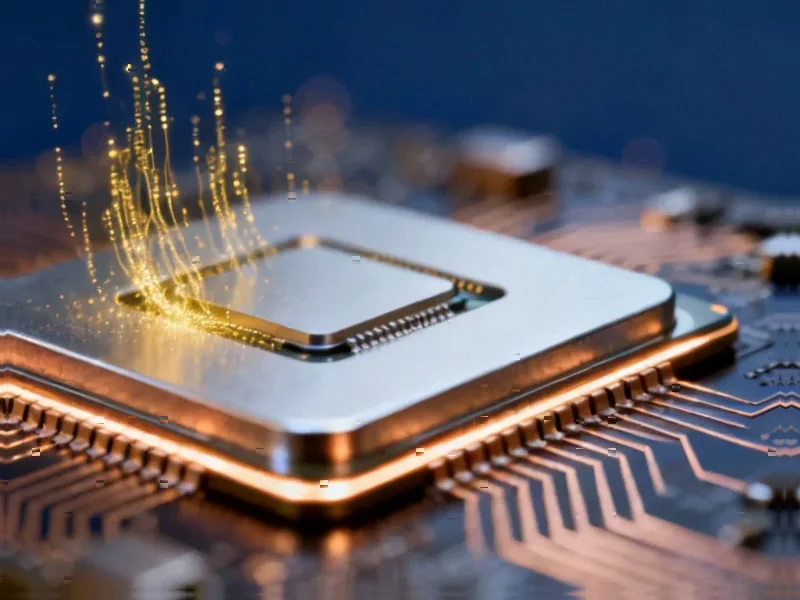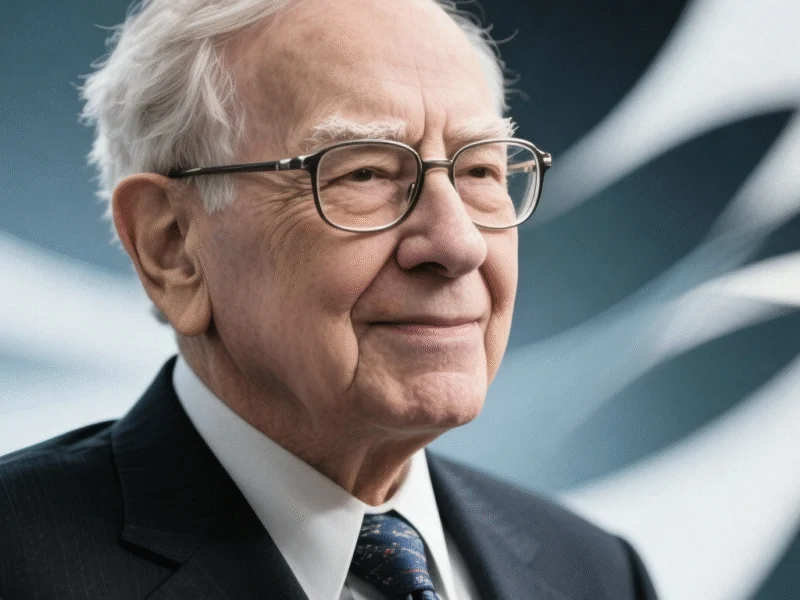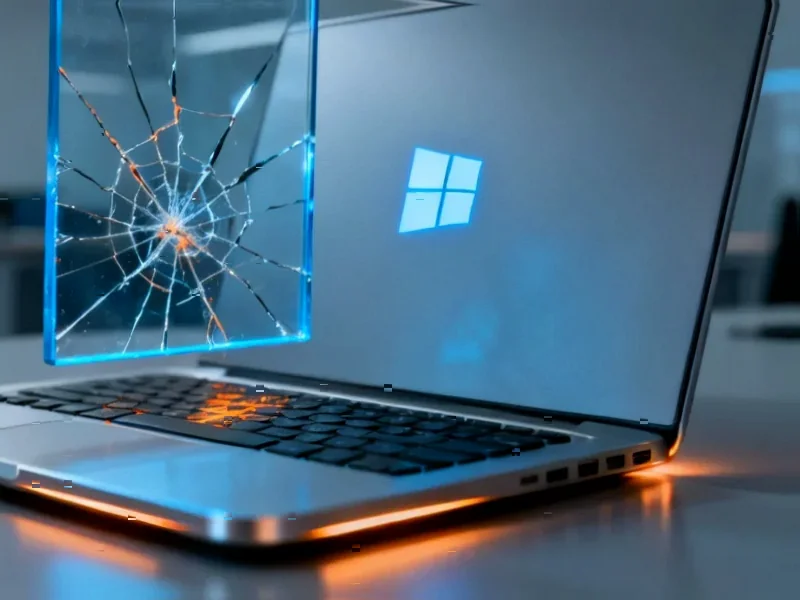TITLE: Intel Returns to Profitability Amid Strong Chip Demand, Foundry Challenges Remain
META_DESCRIPTION: Intel breaks six-quarter losing streak with Q3 profit as PC market stabilizes and AI demand grows, though foundry business still faces hurdles.
EXCERPT: Intel has reportedly snapped a six-quarter losing streak and returned to profitability, according to recent earnings analysis. The chipmaker’s recovery appears driven by stabilizing PC markets and growing AI demand, though its foundry ambitions continue to face significant challenges that could impact long-term growth prospects.
Profitability Returns After Challenging Streak
After six consecutive quarters in the red, Intel has reportedly returned to profitability according to recent earnings analysis. The chipmaker’s third-quarter performance suggests a potential turning point for the semiconductor giant, which has been navigating intense competition and market shifts.
Table of Contents
Sources indicate the company posted strong revenue figures, with reports highlighting robust demand for chips that Intel apparently expects to continue through 2026. This would mark a significant recovery trajectory if sustained, though market analysts remain cautious about the company’s ability to maintain momentum against competitors like AMD and emerging challengers.
PC Market Stabilization Fuels Recovery
The company’s client computing division, which includes processors for PCs and laptops, reportedly grew 5% year-over-year. This improvement appears tied to what analysts describe as PC market stabilization after several quarters of inventory corrections and softening demand.
Meanwhile, the emerging category of artificial intelligence PCs is creating new growth opportunities. Industry observers suggest these AI-capable devices could drive upgrade cycles as consumers and businesses seek hardware optimized for local AI processing rather than cloud-dependent solutions.
CEO Lip-Bu Tan reportedly emphasized during an analyst call that artificial intelligence represents “a strong foundation for sustainable long-term growth as we execute.” This strategic focus aligns with broader industry trends, though execution remains the critical variable.
Foundry Business Still Seeking Breakthrough
Despite the overall positive earnings picture, analysts note continuing challenges in Intel’s foundry ambitions. The company’s push to become a major contract chip manufacturer for other companies reportedly still needs what industry sources describe as a “big break” to compete effectively with established players like TSMC and Samsung.
The foundry segment’s slower progress creates what some observers see as a strategic vulnerability. While Intel’s core chip business shows recovery signs, its ability to capture external manufacturing contracts could determine long-term competitiveness in an increasingly diversified semiconductor landscape.
Market response to the earnings news has been mixed, with some investors apparently remaining skeptical about Intel’s ability to sustain this recovery. The company faces the dual challenge of maintaining traditional business lines while executing an ambitious transformation into a foundry services provider—a balancing act that has proven difficult for many semiconductor firms historically.
Looking ahead, industry watchers will be monitoring whether Intel can convert this quarterly profit into sustained financial health. The coming quarters will reveal whether this represents a genuine turnaround or merely a temporary respite in the company’s ongoing competitive battles.



